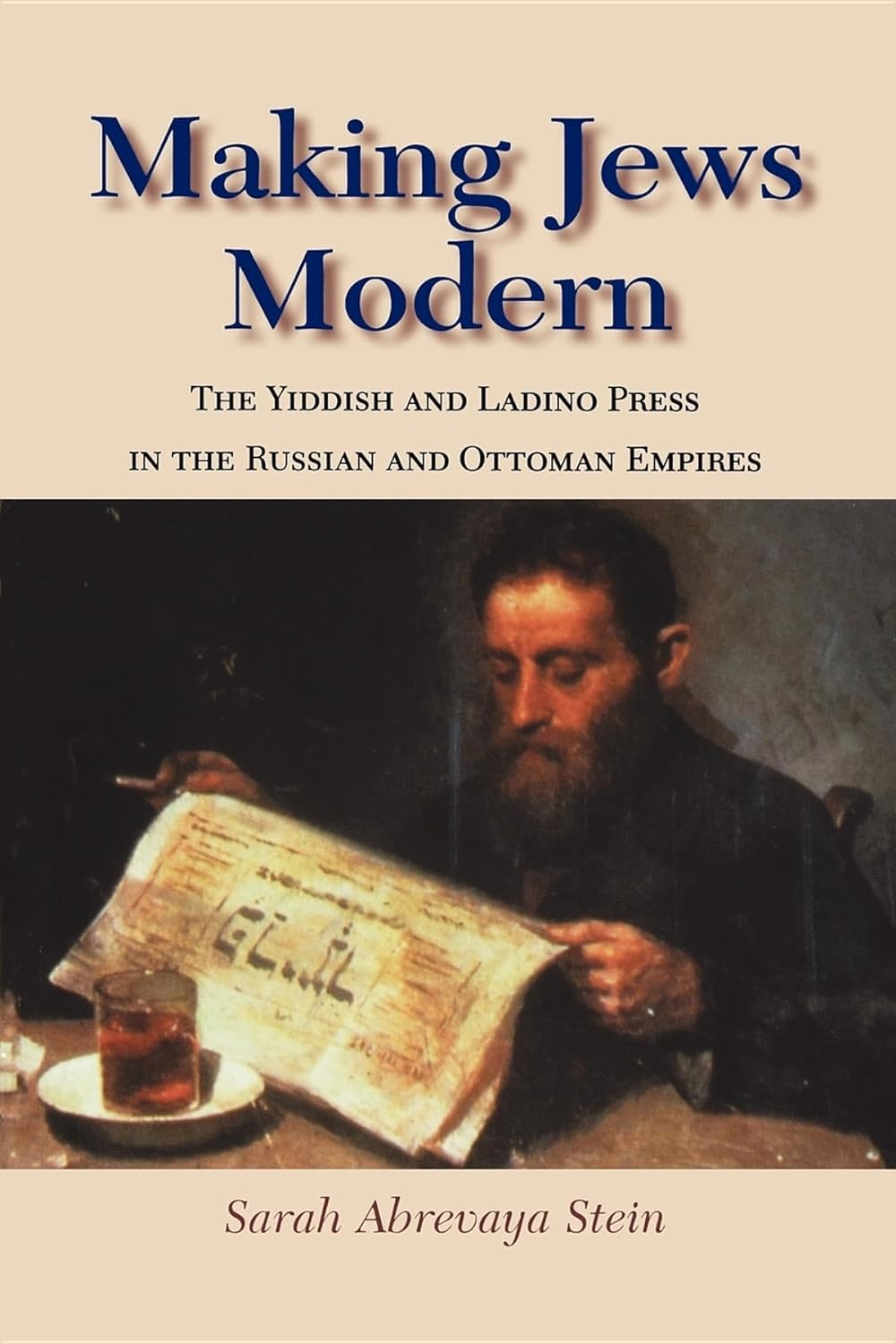Description
"An engaging and thought-provoking analysis, . . . a pioneering foray into a new field of study, 'Jews and Empires in History.'" ―Slavic Review
On the eve of the 20th century, Jews in the Russian and Ottoman empires were caught up in the major cultural and social transformations that constituted modernity for Ashkenazi and Sephardi Jewries. What did it mean to be Jewish and Russian, Jewish and Ottoman, Jewish and modern? To answer these questions, Sarah Abrevaya Stein explores the texts most widely consumed by Jewish readers: popular newspapers in Yiddish and Ladino. This skillful comparative study yields new perspectives on the role of print culture in imagining national and transnational communities and the diverse ways in which modernity was envisioned under the rule of empire.
On the eve of the 20th century, Jews in the Russian and Ottoman empires were caught up in the major cultural and social transformations that constituted modernity for Ashkenazi and Sephardi Jewries. What did it mean to be Jewish and Russian, Jewish and Ottoman, Jewish and modern? To answer these questions, Sarah Abrevaya Stein explores the texts most widely consumed by Jewish readers: popular newspapers in Yiddish and Ladino. This skillful comparative study yields new perspectives on the role of print culture in imagining national and transnational communities and the diverse ways in which modernity was envisioned under the rule of empire.
Payment & Security
Your payment information is processed securely. We do not store credit card details nor have access to your credit card information.

